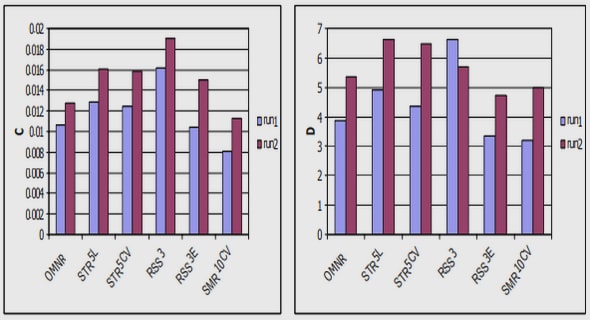(Downloads - 0)
For more info about our services contact : help@bestpfe.com
Table of contents
Introduction
Chapter I. Bibliography
1.1 General Aspects of SOFC/SOEC
1.1.1 SOCs principle of functioning, components material and architecture
1.1.2 Operation in steady state condition
1.2 Review on the reaction mechanisms: electrodes functioning and degradation phenomena
1.2.1 Hydrogen electrode reaction mechanism
1.2.2 Oxygen electrode reaction mechanism
1.2.3 Main degradation phenomena
1.2.3.1 LSCF demixing: study of the reaction mechanism
1.3 Objective and Methodology
Chapter II. Experimental results
2.1 Symmetrical cells testing for model validation
2.1.1 Introduction
2.1.1.1 Three-electrode configuration
2.1.1.2 Current collecting
2.1.1 Hydrogen electrode
2.1.1.1 Studied cell
2.1.1.2 Experimental set-up
2.1.1.3 Testing conditions
2.1.1.4 Electrochemical characterizations
2.1.2 Oxygen electrode
2.1.2.1 Materials and studied cells
2.1.2.2 Experimental set-up
2.1.2.3 Testing conditions
2.1.2.4 FIB-SEM reconstructions.
2.1.2.5 Electrode 3D reconstructions and electrochemical characterizations
2.2 Long-term tests: study of the LSCF decomposition
2.2.1 LSCF symmetrical cells: effect of the anodic polarization
2.2.2 Complete cells: effect of the steam content
2.2.2.1 Studied cells, experimental set-up and testing conditions
2.2.2.2 Durability curves under dry and humid air
2.3 Conclusions of the chapter
Chapter III. Electrochemical model
3.1 Model description
3.1.2 Reaction mechanism
3.1.3 Kinetic rates and transport phenomena
3.1.4 Thermodynamic description
3.1.5 Boundary conditions and input parameters
3.1.6 Extension to the Cyclic Voltammetry simulation
3.2 Elementary model calibration and validation (model-II)
3.2.1 Model calibration on polarization curves
3.2.2 Model validation
3.2.2.1 Impedance diagrams
3.2.2.2 Effect of the oxygen partial pressure
3.3 Analysis of the reaction mechanism
3.3.1 Effect of polarization and temperature on the reaction pathway under air condition
3.3.2 Impact of the ratio on the impedance response
3.3.3 Effect of oxygen partial pressure on the reaction mechanism at OCP
3.4 Cyclic Voltammetry study contribution
3.4.1 Validation model-II for the CV computation: effect of temperature and scan rate
3.4.2 Calibration of model-I
3.4.3 Comparison between model-I and model-II for the CV response
3.4.3.1 Microstructural effect: from a porous to a dense electrode
3.4.3.2 Cyclic voltammetry peaks evolution
3.4.3.3 Impact of the ohmic losses
3.5 Conclusions of the chapter
Chapter IV. Impact of the LSCF demixing
4.1 Impact of the LSCF decomposition on the impedance diagrams
4.1.2 Analysis of the degradation at OCP
4.1.3 Analysis of the degradation under polarization
4.2 Impact of the LSCF demixing on the cyclic voltammetry response
4.3 Conclusions of the chapter
Chapter V. Conclusion and Outlook
References



